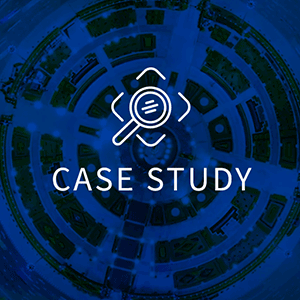Over the last year, I have had many meetings with potential customers and the one discussion which comes up time and time again is the question of agent-based versus agent-less hardware and software inventory collection. In most cases, a number of agents will already have been deployed to the enterprise’s devices and the thought of adding yet another agent is not so appealing to the majority of IT Managers. It may even lead to a delay in getting a software asset management (SAM) initiative up and running. A solid discovery and inventory process is a first step toward a mature SAM program as it provides the data required to understand what is installed and in use in the IT environment. (Software License Optimization requires more—access to contract and purchase order data, for example, and the ability to understand and apply license entitlements. This is the topic for a future blog).
Both agent-based and agent-less options have their advantages and specific use-cases. In many cases, customers may have a hybrid environment that is a mix of both. The collection of usage data is generally confined to the desktop rather than the datacentre, and usage data can be leveraged to perform license reharvesting, so for the desktop, installing an agent is the better option. High security restrictions in the datacenter may not permit a local installation so agent-less may be the only option. If you are considering an inventory solution as part of your SAM initiative, be sure to opt for a flexible solution which allows you this freedom of choice.
Here are a few of the differences and specific use cases where each is best applied, as previously described in this article on the ITAM Review:
Agent-based Inventory
- Depth of Inventory – Using an agent can offer a more detailed level of inventory, including the collection of application usage data. It would be difficult to record a daily account of what software is being used on a machine without an agent in place.
- Remote Machines – An agent is helpful for remote devices that only have sporadic access to the network, to ensure an accurate inventory is maintained.
- Network Bandwidth – This will depend on the strength of your network connections and remote locations, but it is generally more network friendly (i.e. less network traffic) to have an agent transmitting it’s inventory results over the network, rather than using the agent-less approach.
Agent-less Inventory
- Fewer Political Hurdles – One of the main benefits of going the agentless route is that there are less political hurdles to leap in order to get the system deployed, since no local installation is required on the devices.
- Less Change Management / Build Process Concerns – Code is not being deployed to machines and no changes to builds are occurring so less overhead is required for the deployment. This can mean that you will achieve results faster and you don’t need to worry about upgrades and on-going maintenance.
- Non-Intrusive – Agent-less discovery and inventory commonly does not require administrative access to machines (a common hiccup in agent based deployment)







